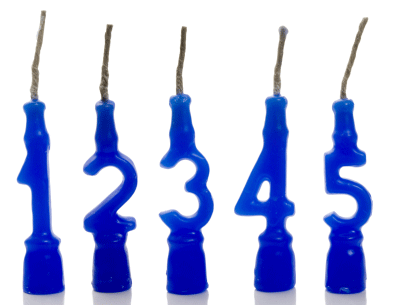- A Short List: Links to Top 30 Economics Journals in Rank Order
RANKED ECONOMICS JOURNALS (Adjusted 1998 Citations, click here for ranks explained)
1. Econometrica
2. American Economic Review
3. Journal of Political Economy
4. Journal of Economic Theory
5. Journal of Econometrics
6. Quarterly Journal of Economics
7. Econometric Theory
8. Review of Economic Studies
9. Journal Of Business and Economic Statistics
10. Journal of Monetary Economics
11. Games and Economic Behavior
12. Journal of Economic Perspectives
13. Review of Economics and Statistics
14. Economic Theory
15. International Economic Review
16. European Economic Review
17. Journal of Human Resources
18. Economics Letters
19. Economic Journal
20. Journal of Public Economics
21. Journal of Applied Econometrics
22. Journal of Economic Literature
23. Journal of Economic Dynamics and Control
24. Journal of Labor Economics
25. Rand Journal Of Economics
26. Journal of Financial Economics
27. Scandinavian Journal of Economics
28. Journal of Mathematical Economics
29. Oxford Bulletin of Economics and Statistics
30. Journal of Environmental Economics and Management
OTHER ECONOMETRICS JOURNALS (Alphabetized)
Computational Economics
Econometric Reviews
Empirical Economics
International Journal of Forecasting
Journal of Forecasting
STATISTICS JOURNALS (Alphabetized)
The American Statistician
The Annals of Statistics
Biometrika
Computational Statistics
Computational Statistics & Data Analysis
International Statistical Review
Journal of the American Statistical Association
Journal of Applied Statistics
Journal of Computational and Graphical Statistics
Journal of Multivariate Analysis
Journal of the Royal Statistical Society-A: Statistics in Society
Journal of the Royal Statistical Society-B: Methodological
Journal of the Royal Statistical Society-C: Applied Statistics
Journal of the Royal Statistical Society-D: The Statistician
Journal of Statistical Computation and Simulation
Journal of Statistical Planning and Inference
Journal of Time Series Analysis
Lifetime Data Analysis
Scandinavian Journal of Statistics
Statistics and Computing
Statistics & Probability Letters
Technometrics
- A Long List: IDEAS/RePEc Simple Impact Factors for Journals
